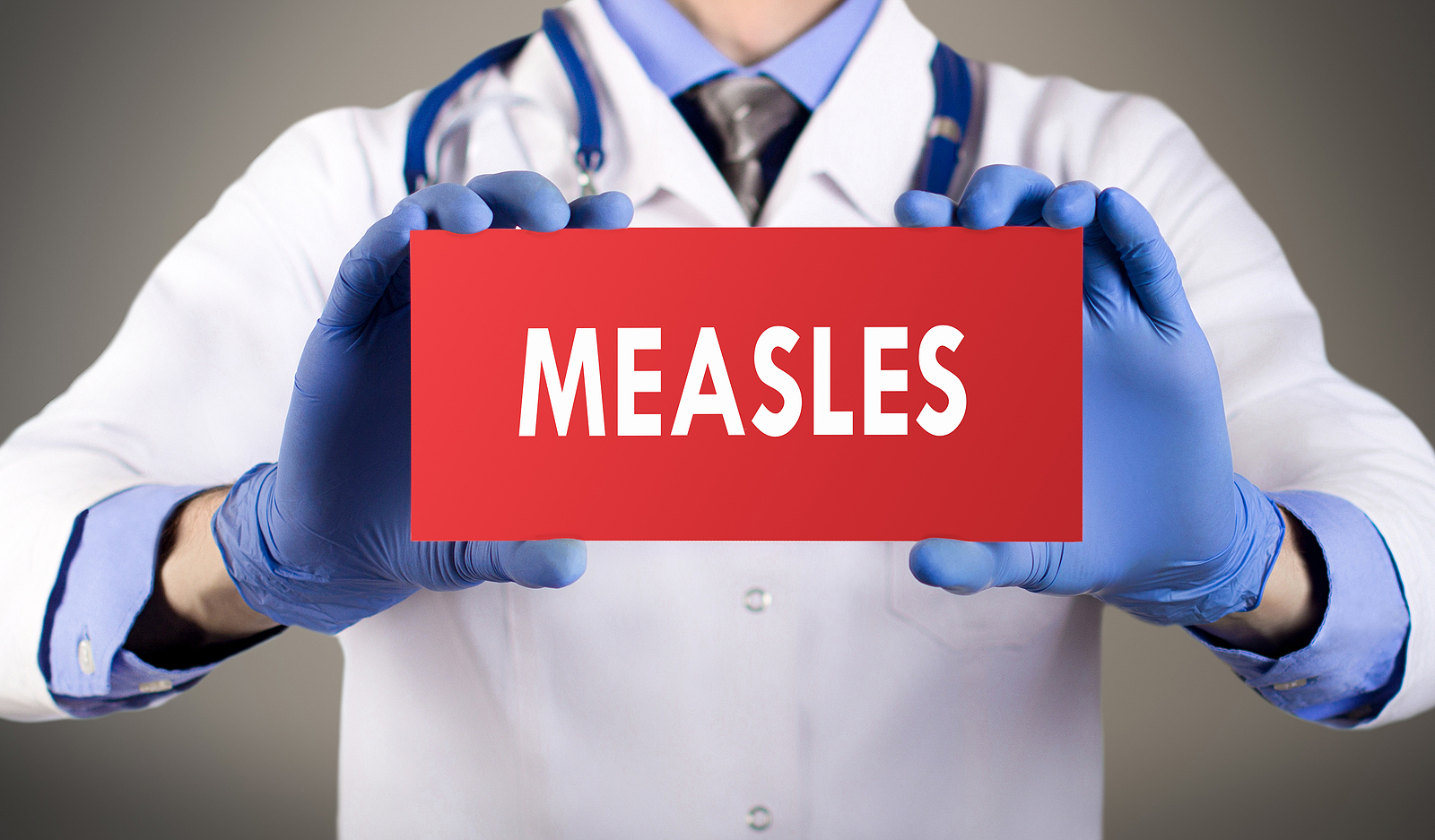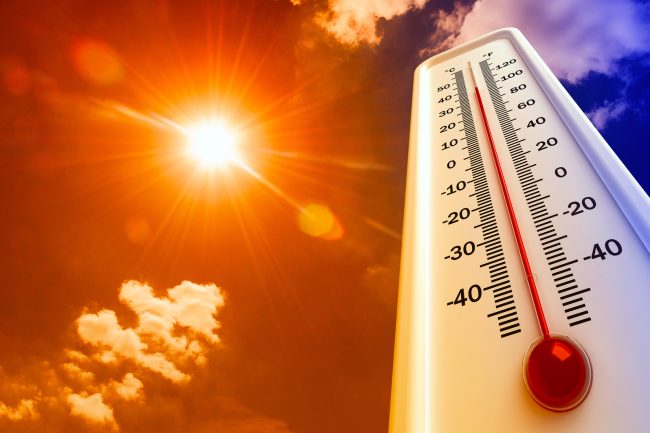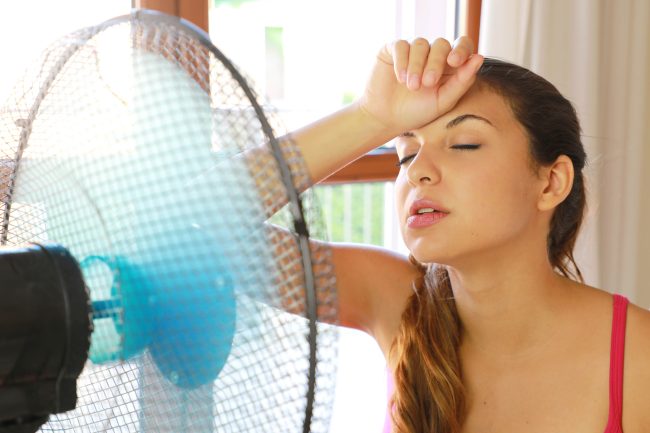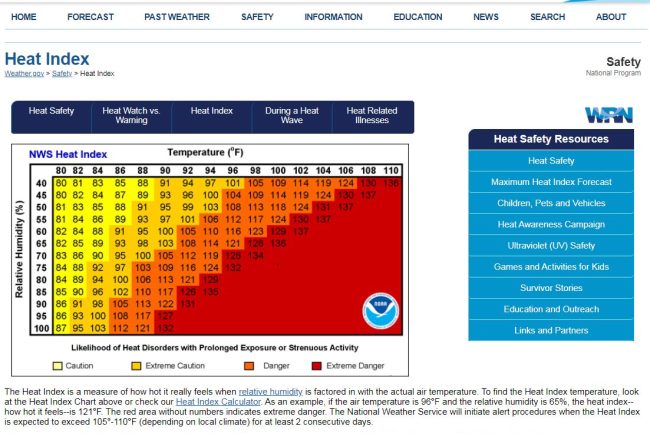Extreme Heat – Summer Safety
Program Contacts
Jacqueline Jackson
Preparedness Supervisor
216.201.2000 ext 1602
jjackson@ccbh.net
John Sobolewski REHS
Deputy Director
216.201.2000 ext 1200
jsobo@ccbh.net
As summer temperatures climb, so does the potential for heat-related illness. Heat kills by taxing the human body beyond its limits.
In extreme heat and high humidity, your body must work extra hard to maintain a normal temperature. These conditions increase the chances for developing heat-related disorders. Most occur because the victim has been overexposed to heat or has over-exercised for his or her age and physical condition.
Older adults, young children, and those who are sick or overweight are more likely to succumb to extreme heat.
The Dangers of Heat
On average, extreme heat kills more than 600 people in the United States each year.
Approximately 400 people die each year from direct exposure to heat due to weather conditions, and many more people die from health conditions that are exacerbated by exposure to excess heat.
Historically, from 1999-2010, excessive heat exposure caused 7,415 deaths in the United States. During this period, more people in this country died from extreme heat than from hurricanes, lightning, tornadoes, floods, and earthquakes combined. Along with these measurable casualties, no one knows how many more deaths were advanced by heat wave weather.
Since 1998, an average of 37 children have died of heat stroke each year after being left in a hot car. Studies have shown these incidents can occur on days with relatively mild
(70 F°) temperatures and that vehicles can reach life-threatening temperatures very rapidly.
- Hydrate. Whether you feel thirsty or not, drink plenty of water to avoid becoming dehydrated, especially when you’re working or exercising outside. Drink two to four glasses of cool liquids each hour. Avoid very cold beverages, as they may cause stomach cramps. Don’t drink alcohol or beverages with large amounts of sugar – these actually cause you to lose more body fluids.
- Educate yourself. Keep up with the latest temperature and heat index forecasts and current weather conditions. Know the warning signs of a heat illness, and how you can stay cool. Choose lightweight, light-colored, loose-fitting clothing.
- Act quickly when a heat illness is suspected. Seek medical attention immediately for any of these warning signs: cramping, rapid pulse, heavy sweating, hot red skin, dizziness, confusion, nausea, vomiting.
- Take it easy. Anyone working or exercising outdoors should avoid overexertion, especially between the hours of 11 am and 6 pm. Take hourly breaks in the shade or in air conditioning to relax. Take a cool shower or bath as needed.
Cooling Centers
In the event that you find yourself in a location without air conditioning, ample ventilation, or electricity and are concerned for your safety during extreme heat conditions, you and your loved ones can seek refuge in one of the many community cooling centers established throughout the county.
Electric Fans
Electric fans may provide comfort, but when the temperature is in the high 90s, fans will not prevent heat-related illness.
Taking a cool shower or bath or moving to an air-conditioned place, like a mall, library, or community cooling center, is a much better way to cool off.
As published in the CDC Morbidity and Mortality Weekly Report on August 11, 1995:
“The most effective measures for preventing heat-related illness and death include reducing physical activity, drinking additional nonalcoholic liquids, and increasing the amount of time spent in air-conditioned environments.
In addition, because increased air movement (fans) has been associated with heat stress when the ambient temperature exceeds approximately 100°F (37.8°C) and because fans are not protective at temperatures greater than 90°F (32.3°C) with humidity greater than 35% (the exact temperature varies with the humidity), fans should not be used for preventing heat-related illness in areas with high humidity.”
It is also important to remember your neighbors and pets. Check in with friends and relatives, especially those 65 years and older, twice a day, and watch for symptoms of heat-related illness. Provide your pet with plenty of fresh water and a shady area.
The National Weather Service has developed a Heat Index to measure heat severity. The Heat Index provides a measure of how hot it really feels when the effect of humidity is combined with the air temperature.
Heat Index values are computed for shady light wind conditions. Exposure to full sunshine can increase the index values by 15 degrees or more. Furthermore, strong winds, particularly with hot, dry air can be very dangerous.
For specific details about medical concerns associated with heat-related illness, click on any of the topics listed below:
Community Guidance
The Excessive Heat Events Guidebook was developed through a partnership between the Environmental Protection Agency (EPA), the National Oceanic and Atmospheric Administration (NOAA), the Centers for Disease Control and Prevention (CDC), and the Department of Homeland Security (DHS). It is designed to help public safety personnel, emergency coordinators, and others plan for and respond to excessive heat events.
The book highlights best practices that have been employed to save lives during excessive heat events in different urban areas and provides a menu of options that public officials can use to respond to these events in order to cope with excessive heat in their jurisdictions.
Links & Downloads
Please follow these links to learn how to prepare for the summer heat and what to do in response to a heat event:
American Red Cross – Are You Ready For A Heatwave?
Factsheet – Never Leave Your Child Alone In A Car
Food Safety During an Emergency
Food Safety During an Emergency – Factsheet
Heat Index Chart
Heat Index and Recommended Changes in Activity Level Chart
Heat Related Illness Guidance Document for Physicians – A Public Health Bulletin
NOAA Brochure – Heatwave: A Major Summer Killer
NOAA National Weather Service – Heat: A Major Killer
US EPA – Excessive Heat Events Guidebook
US EPA – Planning For Extreme Heat








